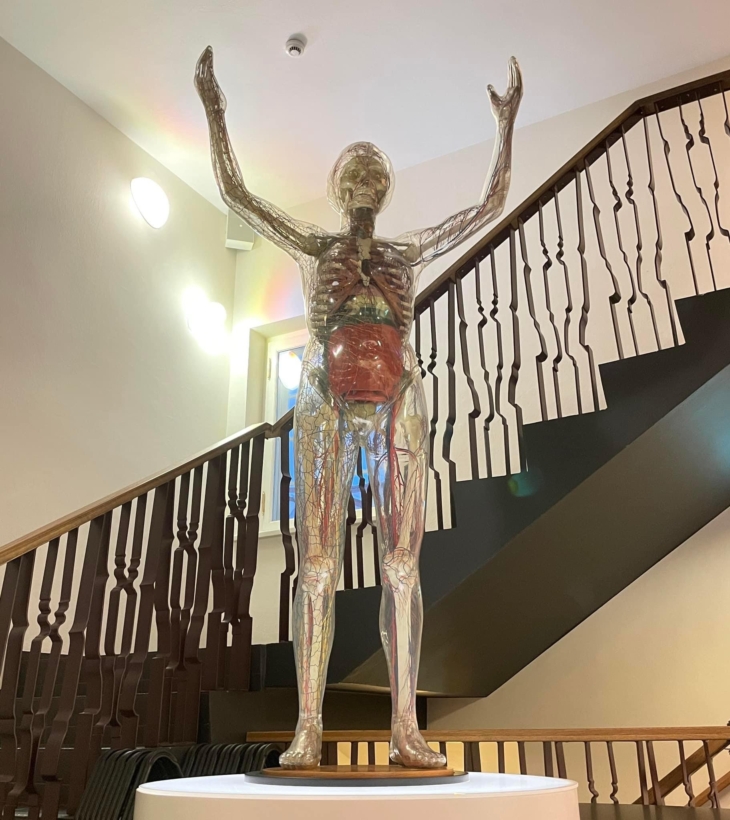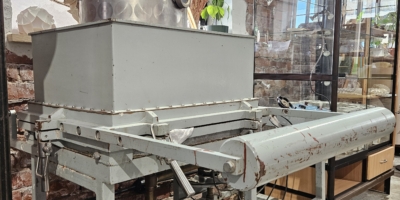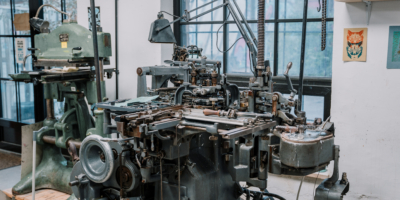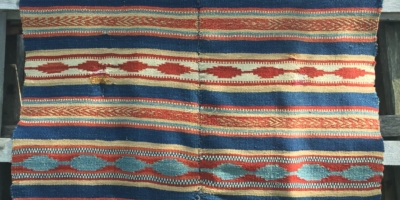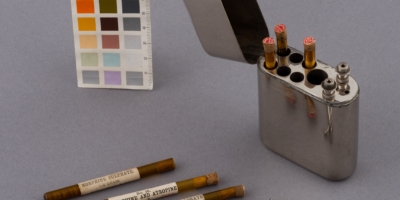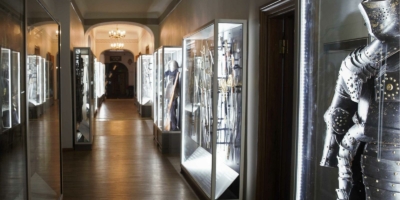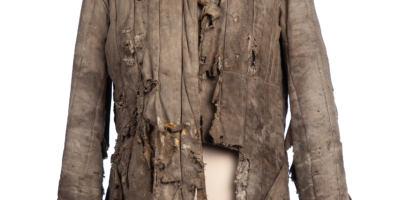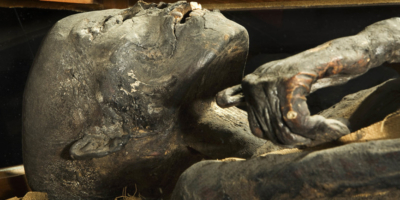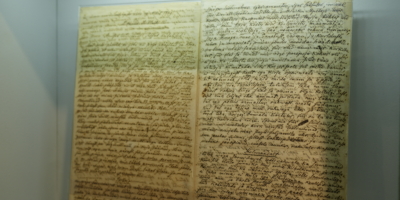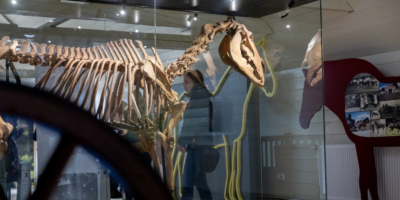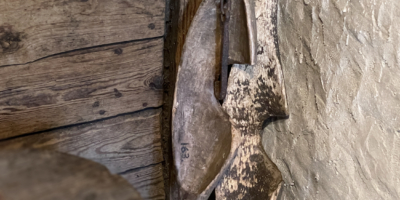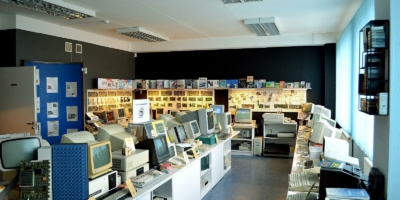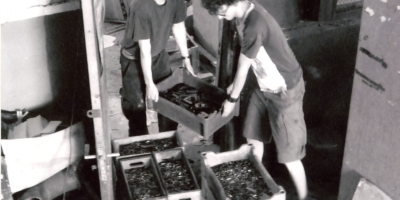 Read more
Read moreThe Glass Woman
The history of this electronic glass woman dates back to 1928, when the first such model was shown in the German Hygiene Museum. This was when the great dream of depicting the human body in three dimensions and close to real life came true. Nine glass figures are known to have been made in the museum’s workshop in the 1930s.
Both professionals and the public were enthralled by the glowing and talking human figure. In 1937, the glass woman even got her own pavilion at the Paris World Fair, and interest was so great that the police had to regulate nearby traffic due to the crowd standing in line. The glass body was also taken to shows in America, Egypt, India, Australia, and other places. In 1949, a new glass figure was presented in Dresden, which the press called the Eighth Wonder of the World.
This unique transparent glass figure in Estonia dates back to 1989 and has taught the anatomy of the human body to several generations. The technical and electronic achievement of its era
continues to work tirelessly despite its dignified age and introduces the internal structure of the human body in a nine-minute lecture: the skeleton, the most important blood vessels, internal organs, and the nerves. In addition to its educational purpose, this transparent teaching tool is of historical value, showing the spirit of its age and a century-long development
Location: The Estonian Health Museum
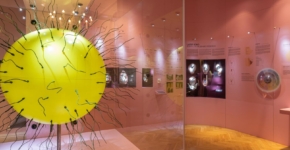
The Estonian Health Museum is located in an almost 600-year-old building in Tallinn’s old town. You will find an exciting…
Read more